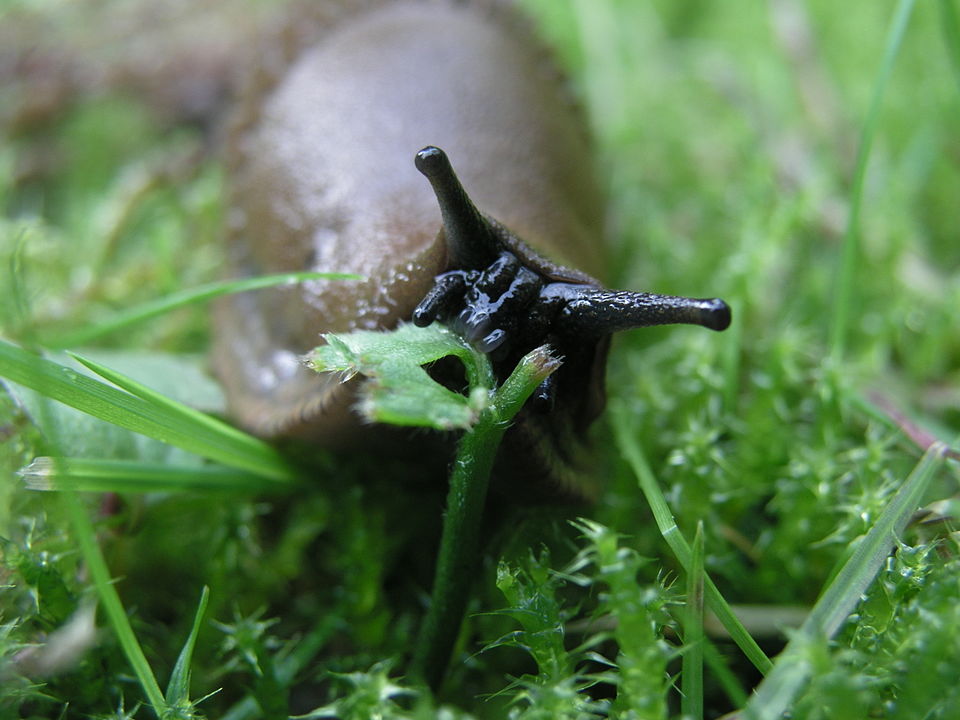First there was the wettest July month since records began, then came the floods, which cost many people their homes, and some even their lives.
And on it goes. Thanks to the wet, relatively cold summer so far, the country is facing an invasion of slugs – Spanish slugs to be exact, or Arion vulgaris to give them their proper name.
(They are not actually Spanish, and the more common name of Arion lusitanicus is a misnomer.)
The slug – Dutch has the more attractive term naaktslak, or naked snail – thrives throughout Europe, although its native origins are not clear. It’s been observed in Belgium since 1973, which makes its name of Spaanse wegslak even more inappropriate.
Whatever its origins, one thing that is known is its voracious appetite, particularly for the kind of crops produced by hobby growers in their back gardens. And the recent cool, wet weather is like catnip to the terrestrial pulmonate gastropod mollusc, as it’s known to the experts.
“I get a lot of worried phone calls from people who suddenly see a huge number of snails looming in their garden,” snail expert Thierry Backeljau of the Royal Belgian Institute of Natural Sciences told Het Nieuwsblad.
“This is due to the low temperatures and the exceptional amount of precipitation in recent weeks. In general, August is very warm and dry. The snails then hide in the ground during the day and only come out at night. But with this weather – cold and humid – they become hyperactive and we also see them crawling around at unexpected times, such as at midday."
One gardener explained their diet to the paper: juicy leaves, principally spinach, beetroot tops and all manner of salad. Her own experience was the loss of 80% of a normal crop.
Is there then a plague of snails, in a world now accustomed to the presence of plague?
“We can certainly speak of local snail infestations,” said Backeljau. “Up to 100 snails per square meter can be spotted. Then you literally slip and slide on them.”
The main enemy of the gardeners is the fat brown slug described above.
“That is the Spanish road slug,” Backeljau said.
“It started to spread in Belgium in the 1970s and is now often a real plague. They are omnivores, they eat absolutely everything. Not only plant material, but also earthworms or faeces. And if there are too many, they even eat other snails. But they prefer green leaves.”

